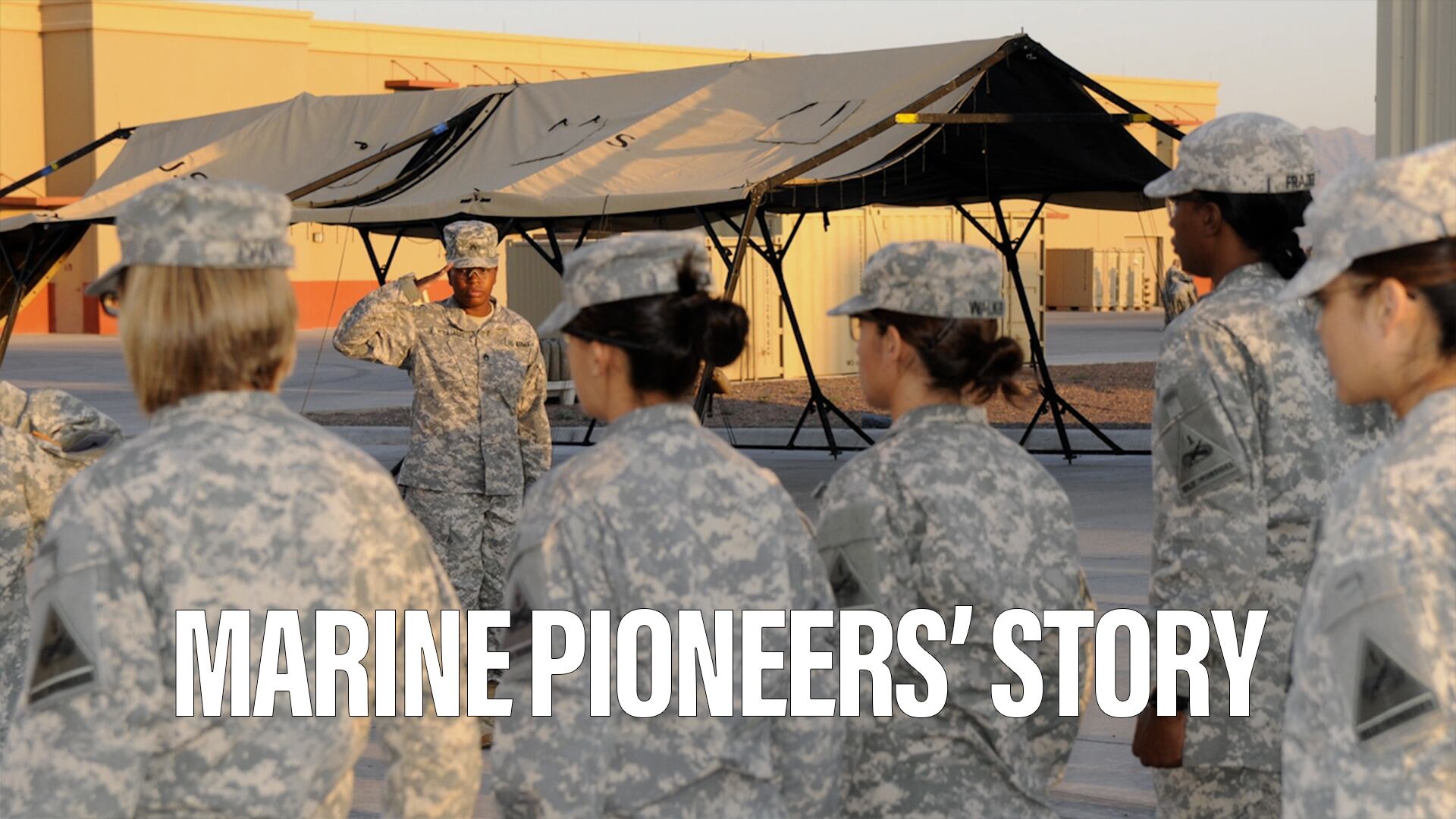The U.S. Army’s largest overseas training command is continuing to provide support for Sweden and Finland in the wake of Russia’s invasion of Ukraine, which drove the Nordic pair to join NATO, officials confirmed.
“Admittedly, their movement from partner to ally is going to expand what has already begun under their status as a partner,” Brig. Gen. Joseph Hilbert, the head of 7th Army Training Command, said in an interview with Army Times. “We’ve already got a pretty good basis of knowledge on the capabilities and training areas up there.”
As a direct message to Russia, in response to its brutal assault on Ukraine, Sweden and Finland applied to join the 73-year-old Western-aligned defense pact. While the two have long been partners to NATO, participating in various multinational exercises, they no longer consider their history of nonalignment to be in their best interest while aggression in the region continues to escalate.
On Aug. 3, the U.S. Senate ratified the ascension of the Nordic countries to receive NATO status in a rare, overwhelmingly bipartisan vote. However, all 30 current NATO members must approve the transition for it to occur, and a few holdouts remain, including Turkey, which is skeptical over arms embargoes and domestic security concerns.
As NATO partners, 7th ATC long has supported both Sweden and Finland in a number of multinational exercises. “Since 2016, 7ATC has supported both Finnish and Swedish forces annually during exercise ‘Artic Challenge,’ as well as bilaterally in Finland with ‘Arrow’ series of exercises. Most recently, we supported during Arrow 22 in Niinjsalo, Finland,” 7th ATC spokesperson Maj. Tabitha Hernandez said in a statement to Army Times.
The Arrow 22 war game took place in May alongside the Finnish Defence Forces as well as allies from the U.K., Lativa and Estonia.
Also in May, the training command sent planners to Mikkeli, Finland, to discuss upcoming training with Finnish forces, Hernandez said. More recently, she added, personnel attended a fiscal 2023 exercise-planning conference in Halmstad, Sweden, in June.
But as relations grow between the U.S. and the Northern European countries, some have called into question what new responsibilities it may bring for American troops.
Gen. Christopher Cavoli, the new leader of U.S. European Command, previously told Congress during his confirmation hearing in May that if Sweden and Finland succeed in their bids to join NATO, it would not involve increasing American land forces on the continent.
Meanwhile, to the liking of the Nordic countries and its other allies, the U.S. is continuing to train Ukrainian troops through 7th ATC in the nation’s ongoing battle against Russia.
Although he was not authorized to discuss that training during the interview, Hilbert has previously discussed the status of American support. “The National Guard and its State Partnership Program has been instrumental by providing that connective tissue throughout Europe to build and enable partner capacity, readiness and interoperability,” the general said in June.
Most recently, 140 troops from the New York Army National Guard’s 27th Infantry Brigade Combat Team, also known as Task Force Orion, took over the Joint Multinational Training Group-Ukraine for its second time.
“It is absolutely great to have [Task Force Orion] back here,” Hilbert said in August. “We remember what you did on your previous rotation. You left an impact on all of us here in 7th ATC. You left an impact on the armed forces of Ukraine that you trained then, and you’ll leave an impact on [those] that you train now.”
Since April, more than 1,500 Ukrainian soldiers underwent training on 15 different programs of instruction at the 7th ATC’s Grafenwoehr Training Area in Germany, according to a U.S. Army release.
Jonathan is a staff writer and editor of the Early Bird Brief newsletter for Military Times. Follow him on Twitter @lehrfeld_media








